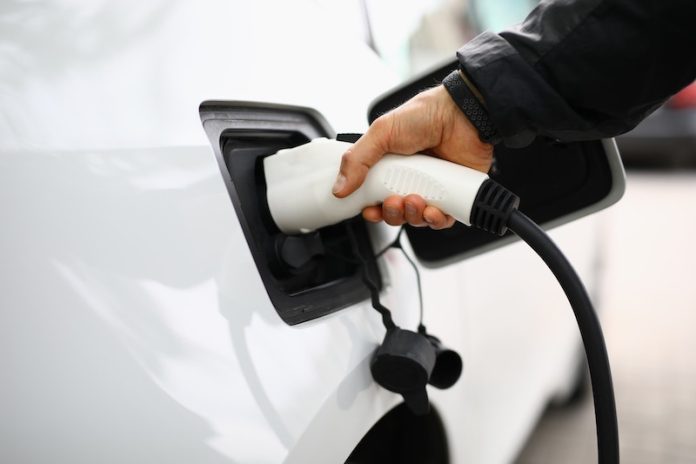
Scientists at the University of New South Wales Sydney are making strides to address the hurdles hindering the widespread use of hydrogen fuel cells.
As we race towards a decarbonized future, hydrogen holds promise as a green energy source, yet its commercialization remains challenging.
Challenges with Hydrogen Fuel Cells
Hydrogen fuel cells have the potential to produce clean energy with water as the only by-product. A significant difference between hydrogen fuel cells and batteries lies in the refueling process.
Hydrogen fuel cells require no charging but simply refueling with hydrogen—a process that can take as little as three minutes for vehicles.
Yet, certain challenges persist:
Cost and Scarcity of Materials: The use of platinum as a catalyst in fuel cells is expensive, with prices ranging from $AUD 45,000 to $AUD 100,000 per kilo. As Prof. Zhao points out, platinum will always be costly due to its rarity.
Commercial Viability: As of now, there is limited processing and utilization of hydrogen, leading to a supply-demand disparity.
Alternatives to Platinum
To sidestep the cost factor associated with platinum, scientists are exploring alternatives like iron, notably in the form of Iron-nitrogen-carbon (Fe-N-C).
This alternative is promising, being substantially cheaper at around $AUD0.1 per kilo.
However, the current versions of these alternatives are not as enduring as platinum, with platinum fuel cells lasting up to 40,000 hours compared to a mere 300 hours for Fe-N-C, as indicated by Dr. Meyer.
Advancements in Testing
In their research published in Energy & Environmental Science, Prof. Zhao and his team have developed an innovative process to assess the durability of these platinum alternatives.
This new method allows scientists to quickly and accurately discern why certain catalysts lack the stability of platinum.
For instance, their research shows that iron-based active sites in Fe-N-C deactivate rapidly, with 75% becoming inactive in the first 10 hours of fuel cell operation.
Prof. Zhao emphasizes the significance of pinpointing these degradation processes, as it can guide the development of more enduring materials in the future.
The Future of Hydrogen Fuel Cells
The research team at UNSW isn’t stopping here. They’re delving into the combination of various metals to craft catalysts with enhanced stability.
By leveraging their new testing process, they can swiftly gauge the durability of these catalysts.
The ultimate objective is to make the transition from lab prototypes to real-world applications, including the potential to power vehicles on our roads.
Hydrogen fuel cells offer an exciting vision of a cleaner, more sustainable future. The efforts by researchers at UNSW Sydney signify critical progress in this domain.
With continued research and development, hydrogen might soon play a pivotal role in our energy landscape.
The study was published in Energy & Environmental Science.



